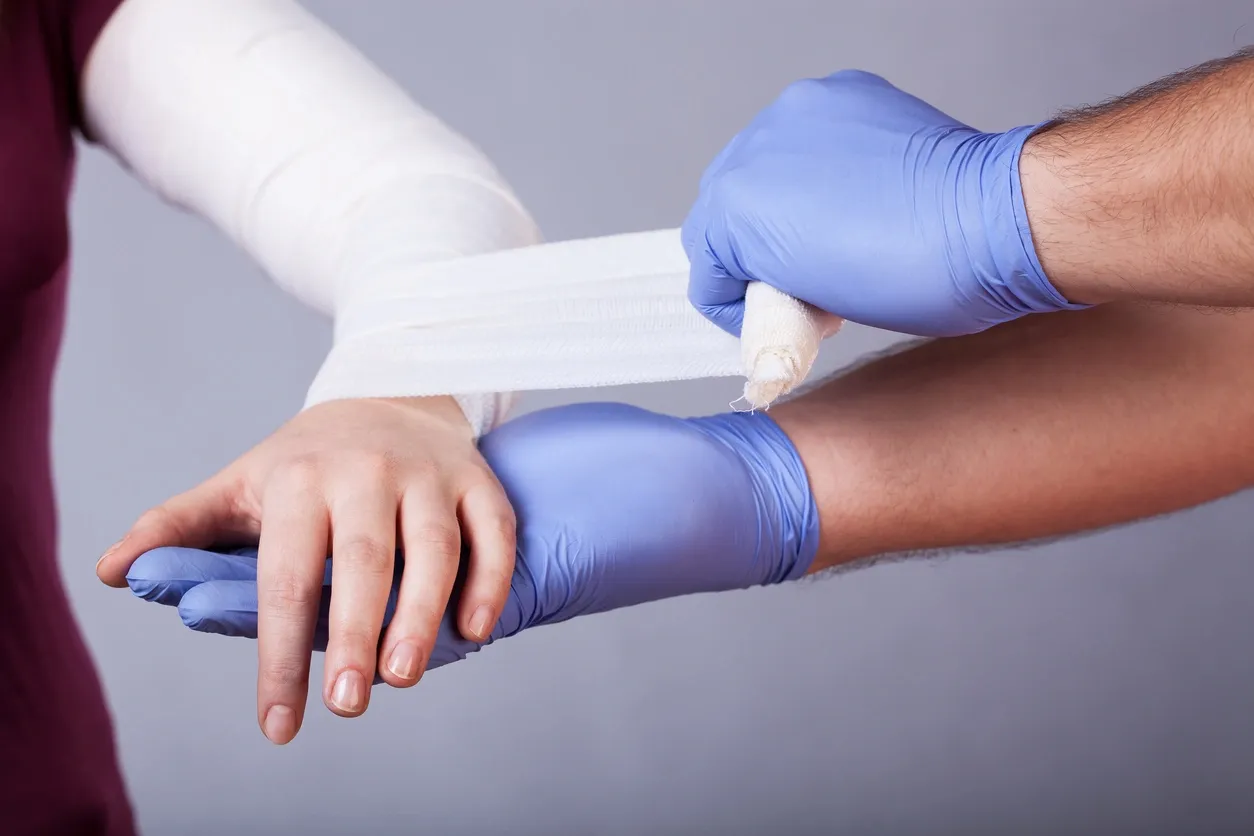Healing in a Hurry
Wound healing is one of the things hyperbarics is most known for. Burns, internal injuries, ulcers, lacerations, bruises, crush injuries, broken bones or any other infliction that triggers an inflammatory response can be considered a wound. This includes disease and other internal dysfunctions as well. Inflammation is often the cause of the worst symptoms and tissue damage experienced with diseases and injuries. The inflammatory process is very dynamic: it’s designed to be the body’s damage control system, responsible for responding quickly to any kind of wound. Unfortunately, collateral damage to healthy tissue often occurs from the process.
Many people think of the word “injury” and think of a cut, a bruise, or brain injury. However, any type of trauma to tissue is considered an injury. The ingestion or inhalation of a toxic chemical, an audio blast insult to the ears, an infection, an immune response, an allergic reaction, a low oxygen event (stroke, near-drowning, etc), or any event that causes pain, redness, or swelling internally or externally will trigger the inflammatory process. Immediately following the injury, blood vessels that feed the injured site become dilated to allow for an increase of blood flow to flood the area with white blood cells. The excess fluid from the dilated blood vessels leak through the tissue and causes edema (swelling). The goal of the white blood cells is to stop the initial bleeding if there is any and to “clean up the mess”. They release toxins called oxygen-free radicals to metabolize dead tissue. Unfortunately, the oxygen-free radicals oxidize some healthy cells in the process, which can lead to further pain and damage. Toward the end of the inflammatory process, genes activate or deactivate to release needed hormones to heal, rebuild, and create scar tissue.
There are many conditions that may inhibit the body from properly repairing itself from a wound. Diabetes is a prime example of how slow or non-healing wounds may become an issue. Due to a decrease in circulation from chronic high blood sugar, the body may not be able to initiate an adequate healing response on wounds. If left untreated, these wounds remain open and prone to infection and complete tissue death.
Research in emergency hyperbaric medicine has shown that, if a patient can get into a hyperbaric chamber within a couple of hours of their injury, up to 90% of the inflammatory process can be prevented. Increased pressure, increased oxygen, and the combination of the two have been shown to affect the expression of over 8,000 different genes: that’s about 40% of the entire human genome. According to Dr. Paul Harch, a genetic expression is responsible for every process in the body that sustains life. With hyperbaric therapy, anti-inflammatory genes are upregulated as well as genes that stimulate stem cell growth, tissue repair, and prevent cell death. Simultaneously, genes which trigger the inflammatory process are downregulated. If a patient can receive hyperbaric therapy immediately following an injury, the inflammatory process can be bypassed while still promoting quick healing and rebuilding of the damaged tissues.
Fortunately, if a patient is unable to access hyperbaric therapy immediately– or even decades after their injury– they may still see benefits from treatments. The same process of stimulating growth and repair still applies, as does the anti-inflammatory power of oxygen. Chronic inflammation can be greatly reduced and can relieve the symptoms caused by inflammation and residual injury.

